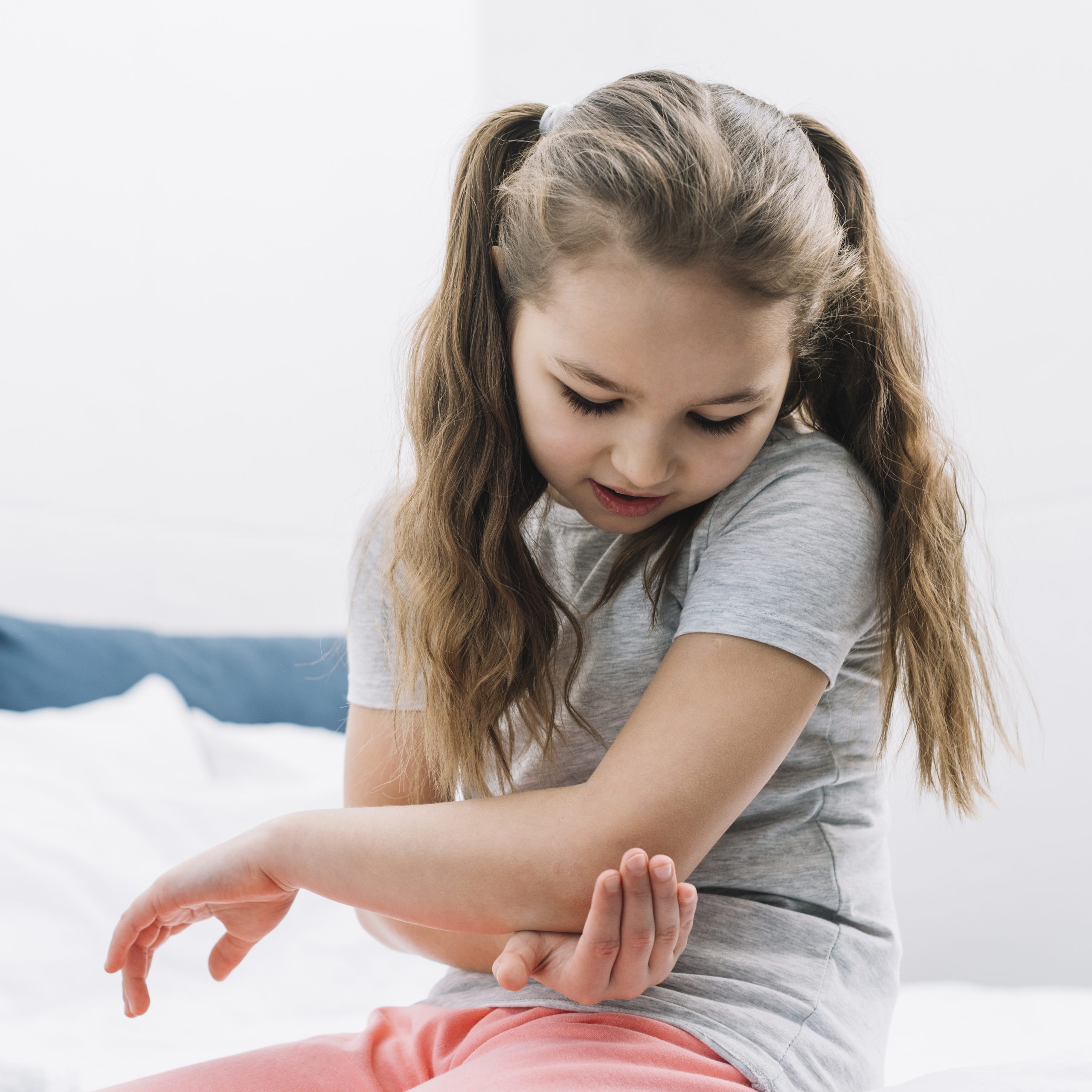

According to a new joint study published in Pediatric Research by Children’s National Research Institute and the National Institute of Allergy and Infectious Diseases (NIAID), the majority of parents of children diagnosed with Lyme disease reported that their children recovered within six months of completing antibiotic treatment.
The findings, which were based on Lyme disease treatment outcome data from 102 children in the United States, also found that a surprisingly small percentage of children required more than six months to recover and saw a severe impact on their daily functioning.
Lyme disease is the most common vector-borne disease in the United States, with the bacteria Borrelia burgdorferi causing the majority of cases, which are spread by the bites of infected black-legged or deer ticks. Children aged 5 to 9 years make up a sizable share of the approximately 476,000 Lyme disease cases diagnosed and treated in the United States each year. Lyme disease symptoms include fever, headache, exhaustion, and a unique skin rash known as erythema migrans.
If left untreated, the infection can spread to the joints, heart, and neurological system. In most Lyme disease cases, antibiotic treatment results in complete recovery. However, for some, symptoms such as discomfort, exhaustion, or difficulty thinking to linger or recur following antibiotic treatment.
Post-treatment Lyme disease (PTLD) syndrome is defined as symptoms that significantly restrict activity levels and negatively impair quality of life for more than six months after treatment.
This study looked at the long-term consequences of children with Lyme disease utilizing a cross-sectional approach using validated surveys. The survey was completed by the parents of 102 children aged 5 to 18 years who had been diagnosed with Lyme disease between six months and ten years prior to enrolment. Adolescents aged 10 to 18 were also asked to fill out adolescent-specific questions.
According to the parent survey results, 75% of children healed completely within six months after finishing treatment: 31% of the children recovered in one month, 30% in one to three months, and 14% in four to six months. Approximately 22% of the children in the research had at least one symptom that remained six months or more after therapy was completed; of those, 9% had symptoms defined as PTLD syndrome.
According to the authors, 6% of the children were not totally recovered at the time of the study, with 1% enduring symptoms severe enough to limit everyday functioning.
According to the authors, this study backs up prior findings that children with Lyme disease have a favorable overall prognosis, which may help lessen natural parental anxiety associated with persisting non-specific symptoms in infected children. They state that the study’s findings can assist doctors to manage families’ expectations about pediatric Lyme disease patients’ variable post-treatment recovery timeframes.
According to the researchers, this new data could help lessen the likelihood of families seeking risky alternative therapy for children who have protracted recovery durations. According to scientists, PTLD syndrome is still poorly known in children and adults, and further study is needed to better understand these protracted symptoms and discover therapy targets.
more recommended stories
 Fat-Regulating Enzyme Offers New Target for Obesity
Fat-Regulating Enzyme Offers New Target for ObesityKey Highlights (Quick Summary) Researchers identified.
 Spatial Computing Explains How Brain Organizes Cognition
Spatial Computing Explains How Brain Organizes CognitionKey Takeaways (Quick Summary) MIT researchers.
 Gestational Diabetes Risk Identified by Blood Metabolites
Gestational Diabetes Risk Identified by Blood MetabolitesKey Takeaways (Quick Summary for Clinicians).
 Phage Therapy Study Reveals RNA-Based Infection Control
Phage Therapy Study Reveals RNA-Based Infection ControlKey Takeaways (Quick Summary) Researchers uncovered.
 Pelvic Floor Disorders: Treatable Yet Often Ignored
Pelvic Floor Disorders: Treatable Yet Often IgnoredKey Takeaways (Quick Summary) Pelvic floor.
 Urine-Based microRNA Aging Clock Predicts Biological Age
Urine-Based microRNA Aging Clock Predicts Biological AgeKey Takeaways (Quick Summary) Researchers developed.
 Circadian Control of Neutrophils in Myocardial Infarction
Circadian Control of Neutrophils in Myocardial InfarctionKey Takeaways for HCPs Neutrophil activity.
 E-Cigarette Use and Heart Attack Risk in Former Smokers
E-Cigarette Use and Heart Attack Risk in Former SmokersKey Takeaways for Clinicians and Nurses.
 36-Week Pre-eclampsia Screening May Reduce Term Risk
36-Week Pre-eclampsia Screening May Reduce Term RiskA New Preventive Strategy for Term.
 Cardiovascular Risk and Sudden Cardiac Death in Diabetes
Cardiovascular Risk and Sudden Cardiac Death in DiabetesRising Sudden Cardiac Death (SCD) Risk.

Leave a Comment